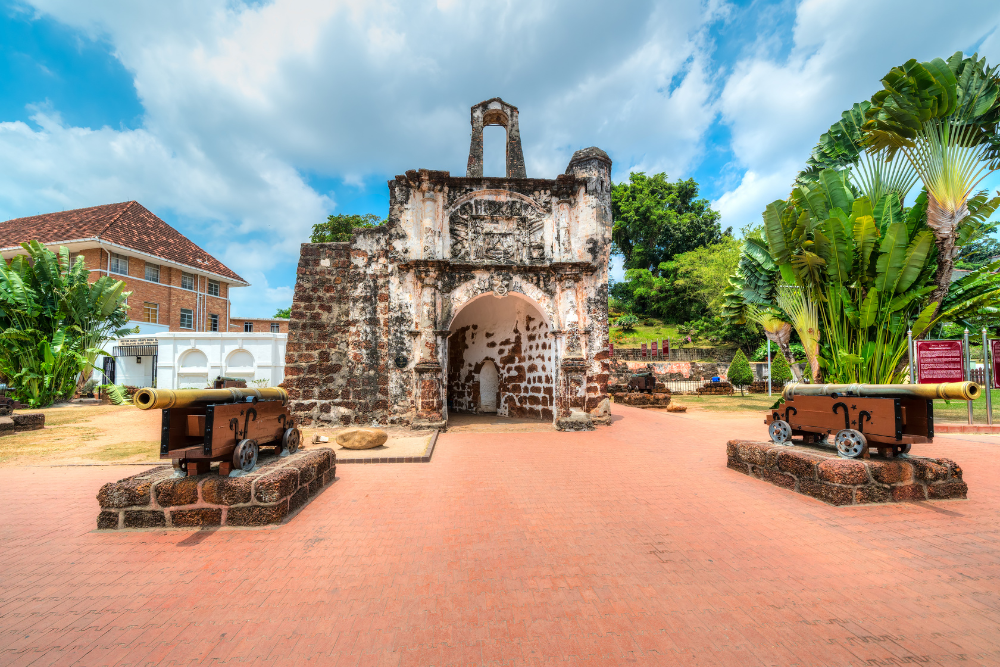Malaysia, a country blessed with rich cultural diversity, breathtaking landscapes, and a deep history, is home to several UNESCO World Heritage Sites that offer a glimpse into the nation’s natural beauty and heritage. From the bustling streets of historic towns to the lush rainforests and rugged mountain ranges, Malaysia’s UNESCO sites showcase the country’s remarkable blend of tradition, nature, and architectural marvels.
In this guide, we’ll take you on a journey to discover the UNESCO sites of Malaysia, each with its own unique story, significance, and charm.
1. George Town (Penang) – A Cultural Heritage Site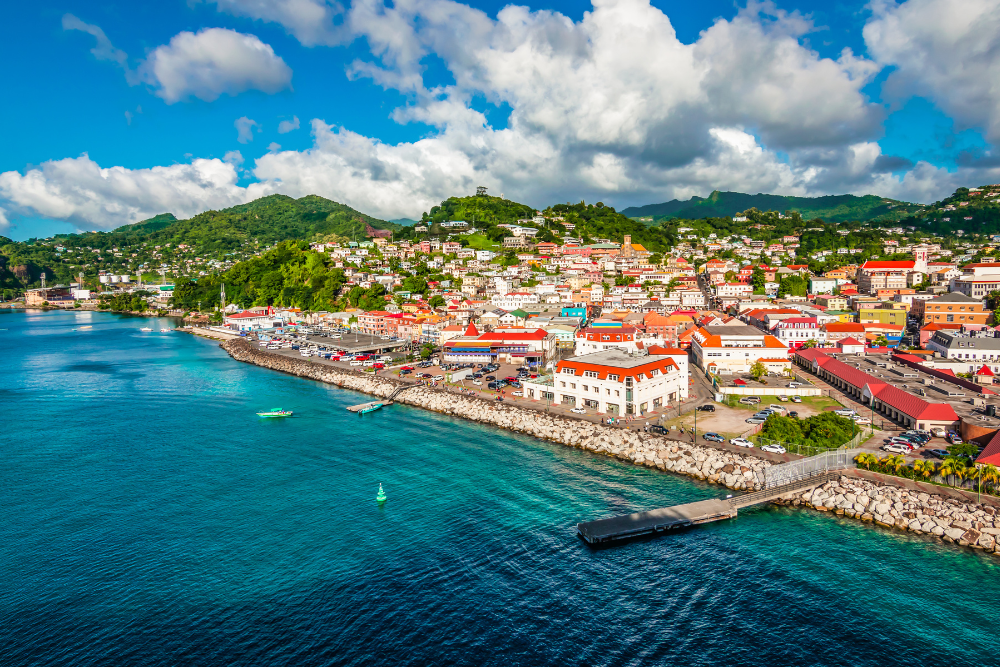
George Town, the capital of Penang, is a vibrant city brimming with history, culture, and colonial architecture. This UNESCO World Heritage Site was recognized in 2008 for its well-preserved architecture, which blends British colonial, Chinese, and Malay influences. The city’s historic core, with its colorful streets, traditional shophouses, and temples, reflects the multicultural heritage that has shaped Malaysia for centuries.
What to do:
- Street Art Tour: George Town is famous for its street art, with murals depicting Penang’s heritage and vibrant local life.
- Visit Khoo Kongsi: A beautiful clan house showcasing the opulence of the Chinese community in Penang.
- Explore Pinang Peranakan Mansion: Discover the fascinating culture of the Peranakans, the descendants of Chinese immigrants who settled in the region.
Best for: History buffs, culture lovers, and photography enthusiasts.
2. Melaka (Malacca) – A Historical Crossroad of Cultures
Melaka, also known as Malacca, is one of Malaysia’s most historically significant cities and a UNESCO World Heritage Site since 2008. As a former center of trade and a key colonial port for the Portuguese, Dutch, and British, Melaka’s rich heritage reflects a fusion of different cultures and traditions. Its historical buildings, narrow streets, and riverside charm make it a must-visit destination.
What to do:
- Visit A Famosa: The iconic Portuguese fort dating back to the 16th century.
- Stroll around Dutch Square: Admire the colorful colonial buildings, including the Christ Church, and the Stadthuys.
- Explore Jonker Street: A lively market street filled with antiques, local snacks, and cultural treasures.
Best for: History lovers, culture seekers, and those fascinated by colonial architecture.
3. Gunung Mulu National Park – Nature’s Marvel in Borneo
Located in the Malaysian state of Sarawak on Borneo, Gunung Mulu National Park is a UNESCO World Heritage Site recognized for its extraordinary natural beauty and diverse ecosystems. The park is famous for its karst formations, limestone caves, and rich biodiversity, including the world’s largest cave chamber (Sarawak Chamber) and one of the longest networks of caves in the world.
What to do:
- Explore the Cave Systems: Visit Deer Cave, Lang’s Cave, and Clearwater Cave to witness stunning stalactites, stalagmites, and other limestone formations.
- Hike to the Pinnacles: Challenge yourself with a hike to see the park’s iconic pointed limestone spires.
- River Cruise: Take a boat ride along the Melinau River and enjoy the breathtaking views of the rainforest.
Best for: Nature lovers, adventure enthusiasts, and avid hikers.
4. Kinabalu Park – The Jewel of Borneo’s Mountains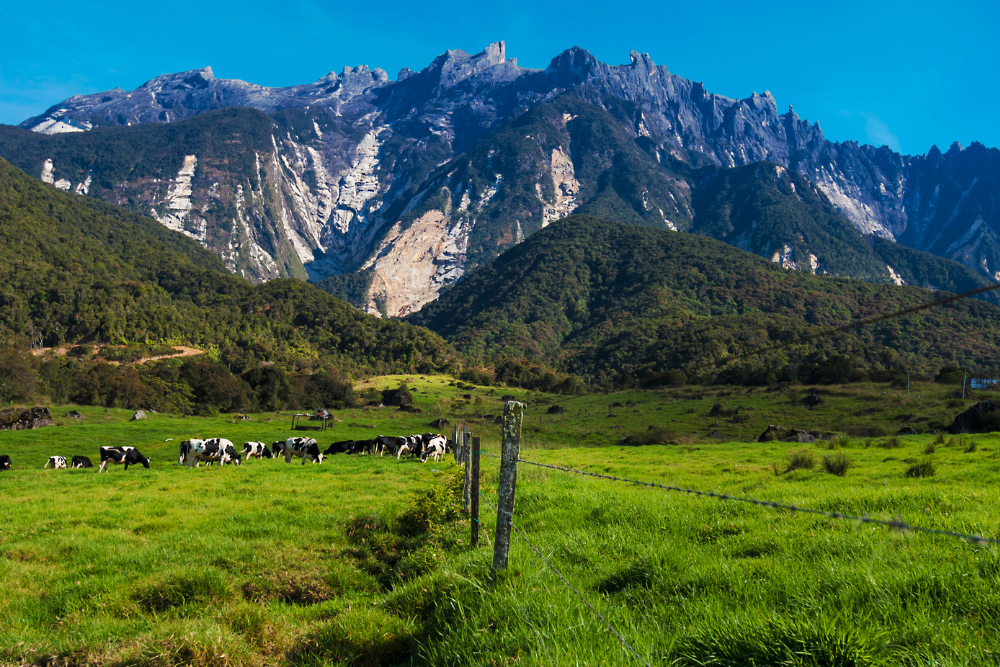
Kinabalu Park, located in Sabah, is another UNESCO World Heritage Site that is an absolute treasure for nature lovers. Home to Mount Kinabalu, the highest peak in Southeast Asia, the park is recognized for its outstanding biodiversity and dramatic landscapes. Its tropical rainforests and alpine meadows host thousands of plant and animal species, many of which are found nowhere else on Earth.
What to do:
- Climb Mount Kinabalu: Take on the challenge of summiting Mount Kinabalu, a world-renowned trekking destination.
- Explore the Botanic Garden: Discover a wide variety of native flora at the park’s botanic garden.
- Visit Poring Hot Springs: Relax in natural hot springs or walk on the canopy bridge to admire the lush forest from above.
Best for: Nature enthusiasts, climbers, and anyone seeking to immerse themselves in Malaysia’s wild beauty.
5. Lenggong Valley – Prehistoric Wonders in Perak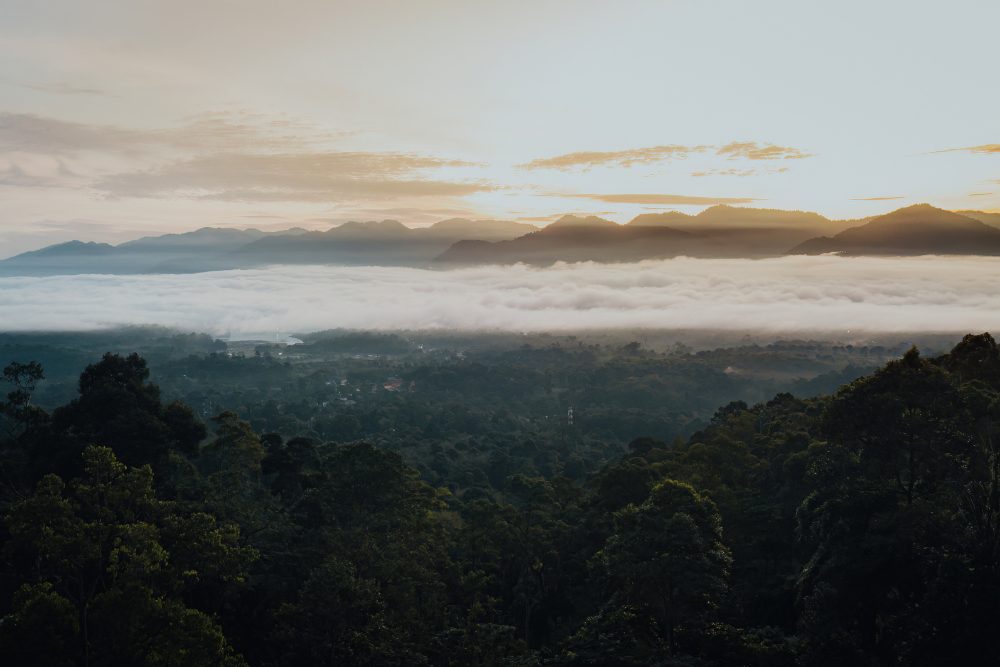
Located in the state of Perak, Lenggong Valley is a UNESCO World Heritage Site recognized for its archaeological significance. The valley is home to some of Southeast Asia’s most important prehistoric sites, including evidence of human habitation that dates back over 1.8 million years. Lenggong offers a fascinating glimpse into the ancient history of the region and the lives of early human settlers.
What to do:
- Visit the Lenggong Archaeological Museum: Learn about the fascinating prehistoric discoveries, including the famous Perak Man, the oldest complete human skeleton found in Malaysia.
- Explore Gua Gunung Runtuh: Discover one of the many caves where early humans once lived.
- Hike in the Surrounding Hills: Enjoy the natural beauty of the valley while hiking in the scenic hills.
Best for: History and archaeology enthusiasts, those interested in ancient human civilizations.
6. The Archaeological Heritage of the Lenggong Valley – The Early Human Settlement
In addition to its UNESCO listing, the Lenggong Valley stands out as one of the most important prehistoric sites in Southeast Asia. This is a unique place for those curious about Malaysia’s early human history, especially the discovery of the Perak Man, a well-preserved skeleton that dates back over 11,000 years.
What to do:
- Explore the Caves: The valley is dotted with caves that were home to early humans. Visiting these caves offers insight into how they lived thousands of years ago.
- Archaeological Sites Tour: Visit important sites like Gua Runtuh, which houses prehistoric artifacts and remnants of ancient dwellings.
Best for: History lovers, archaeologists, and those intrigued by prehistoric life.
7. The National Park of Malaysia – An Eco-Treasure Trove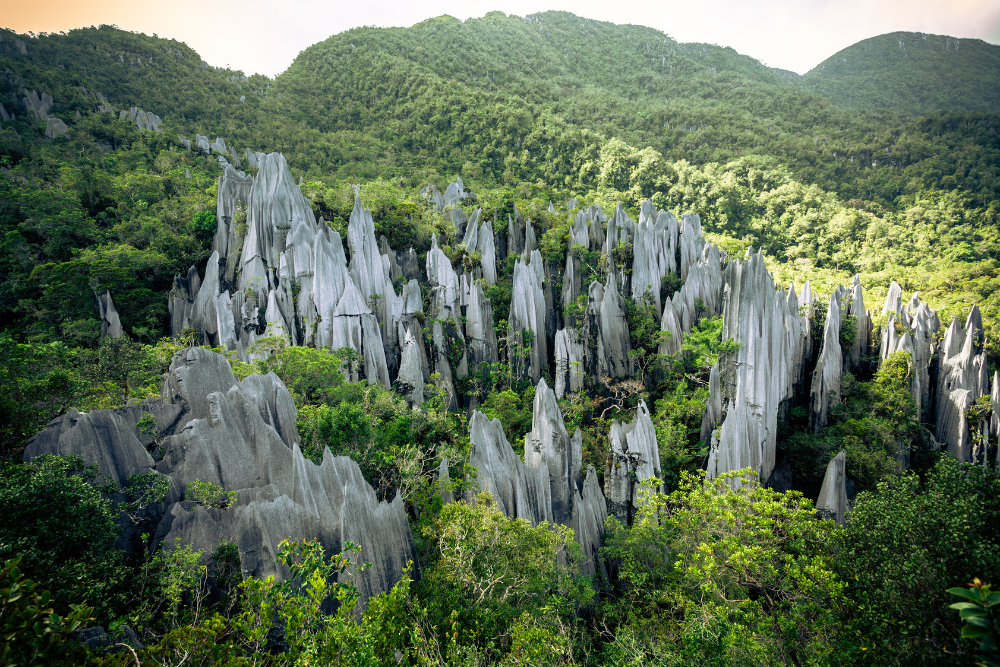
For nature and wildlife enthusiasts, Taman Negara, Malaysia’s largest national park, is a must-visit. Located in the central region of the peninsula, Taman Negara is a haven for biodiversity and an iconic spot for those seeking to explore Malaysia’s rainforests. Though it is not yet a UNESCO World Heritage Site, its significance in terms of conservation and its cultural value make it a valuable natural treasure.
What to do:
- Canopy Walk: Walk along one of the world’s longest canopy bridges to experience the rainforest from above.
- Jungle Trekking: Explore the vast wilderness with treks that lead to hidden waterfalls, ancient trees, and incredible wildlife.
- Wildlife Watching: Spot tigers, elephants, rhinoceros, and countless bird species in their natural habitat.
Best for: Nature lovers, wildlife enthusiasts, and those who seek eco-tourism adventures.
8. Historic Town of Ipoh – A Hidden Gem of Heritage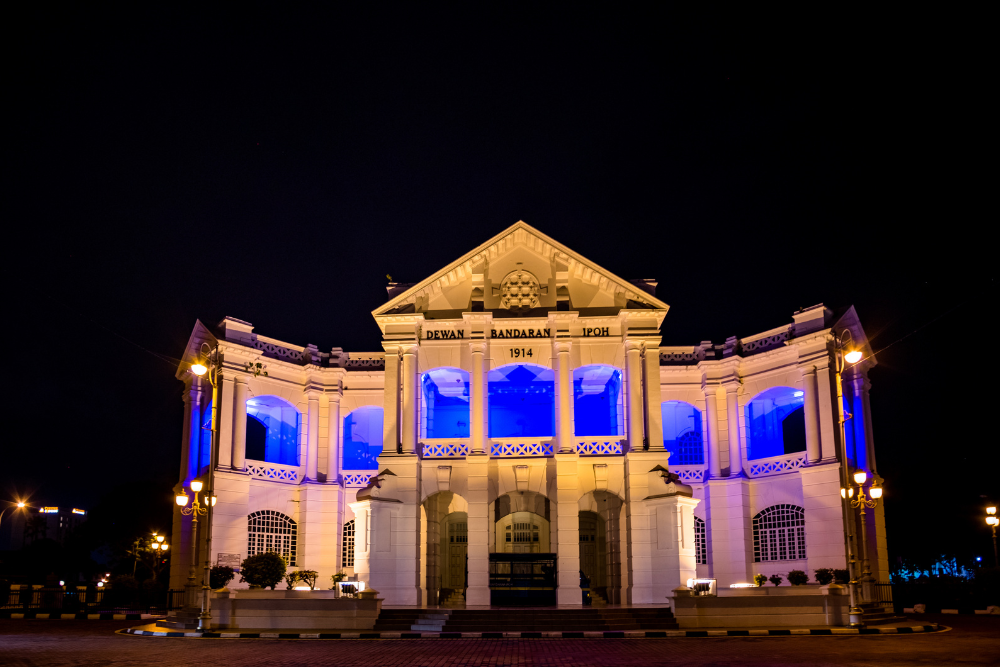
While Ipoh is not currently a UNESCO World Heritage Site, the historic town has earned recognition for its well-preserved colonial-era buildings and heritage. The city’s charm lies in its historic streets, old temples, and vibrant food culture. Ipoh remains a hidden gem for those looking to explore the quieter, culturally-rich aspects of Malaysia’s past.
What to do:
- Visit Ipoh Old Town: Wander through the heritage streets, where you’ll find old colonial buildings, temples, and unique street art.
- Explore Lost World of Tambun: Relax and unwind in this natural theme park known for its hot springs, water park, and adventure activities.
- Sample Ipoh’s Famous Food: Don’t miss out on local delights like Ipoh white coffee, salt-baked chicken, and beansprout chicken.
Best for: History buffs, foodies, and those seeking a laid-back experience in a charming town.
Conclusion
Malaysia’s UNESCO World Heritage Sites offer a blend of natural beauty, cultural richness, and historical significance that make the country an exceptional destination for travelers. From the historical streets of George Town and Melaka to the lush rainforests of Gunung Mulu and Kinabalu Park, Malaysia’s heritage is a living testament to its diverse past and vibrant present. Whether you’re an adventurer, history enthusiast, or culture lover, exploring these UNESCO sites is an unforgettable way to experience Malaysia’s unique treasures.



